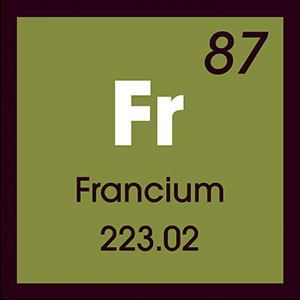Scandium (Sc)
Scandium is a chemical element with the atomic number 21 in the periodic table. With 22 parts-per-million abundance by weight, it’s the 31st most abundant element in Earth’s crust. Being a member of the transition metals family of periodic table elements, this rare-earth chemical element has three valence electrons and can be found in plenty … Read more

